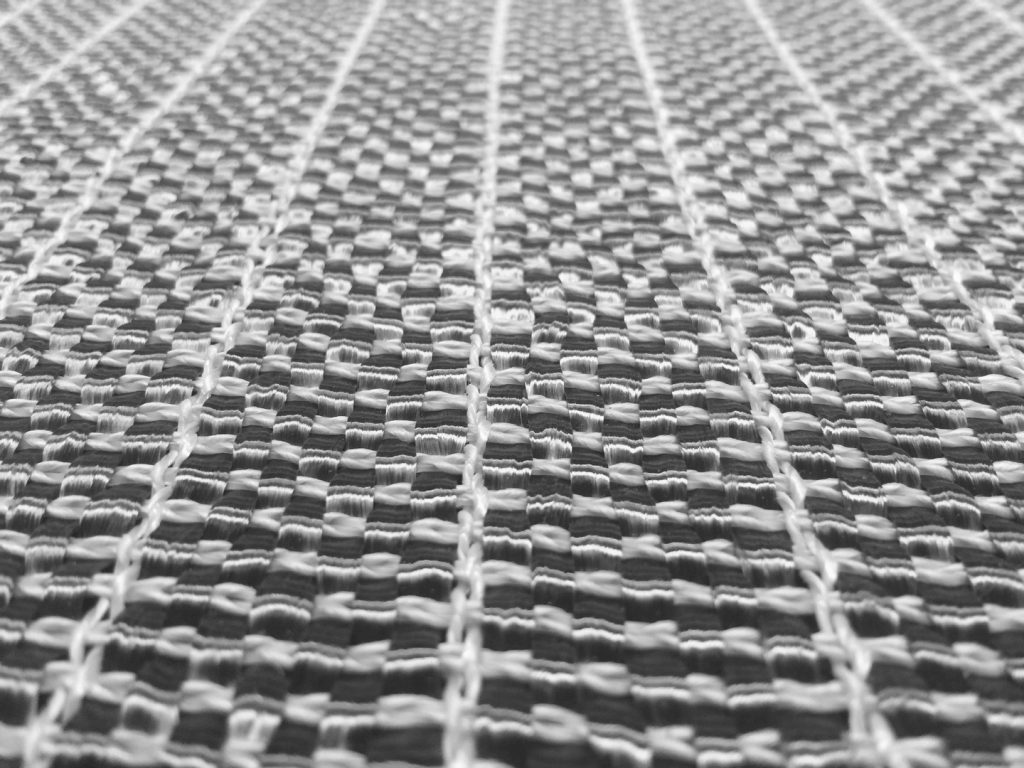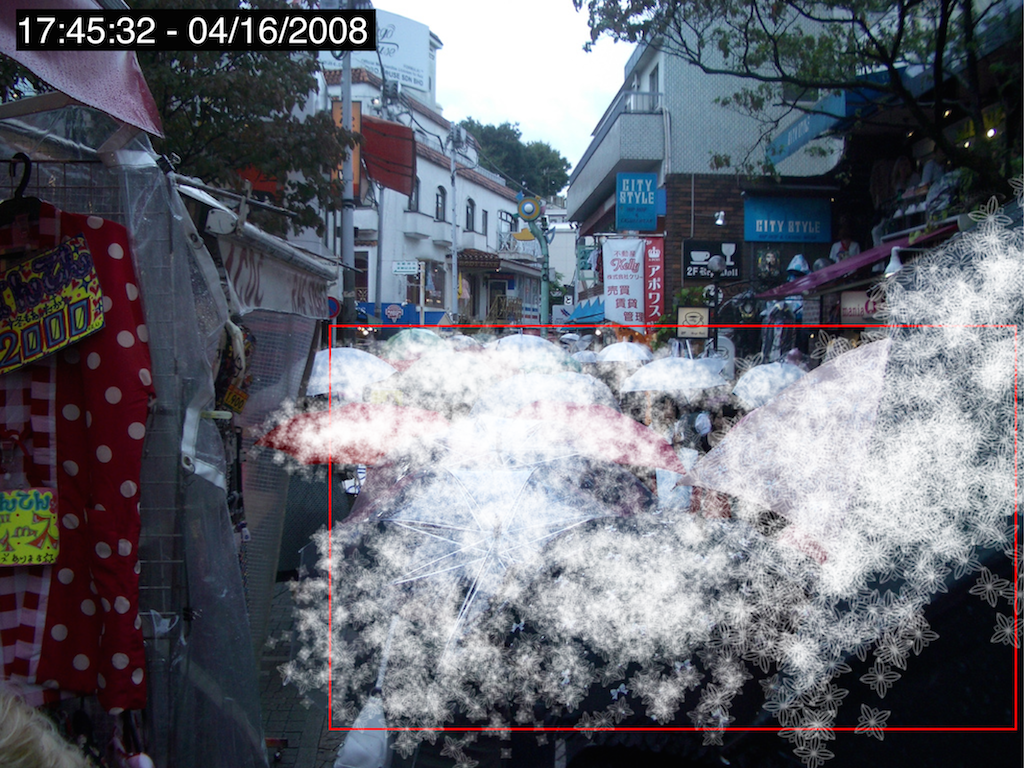Influenced by the role of representation in the design and fabrication process, this research aims to develop a more agile and adaptive workflow between digital models and contemporary manufacturing techniques. Often, the fabrication process is removed from the design process, between which a translation of design intent to physical reality must occur. This translation is directly communicated between the designer and fabricator, and through forms of abstraction i.e. the digital model and machine instruction. This research intends to build upon recent efforts that produce machine legible fabrication instructions directly from abstract design methods via custom software and fabrication workflows, resulting in a flexible and shared language understood by the machine, technician, and designer alike.
The focus of the research at this phase is on developing and demonstrating a new workflow between the OMAX waterjet cutter and CAMel, an open source software plug-in for Grasshopper/Rhinoceros 3D authored by Co-PI Edmund Harriss.
In collaboration: Nick Bruscia, Edmund Harriss (University of Arkansas, Dept. of Mathematics), Mark Rogers (OMAX Corp.), Daniel Vrana (UB/SMART)
Supported by a grant from the Sustainable Manufacturing and Robotic Technologies Community of Excellence (SMART Coe) at the University at Buffalo, SUNY.




